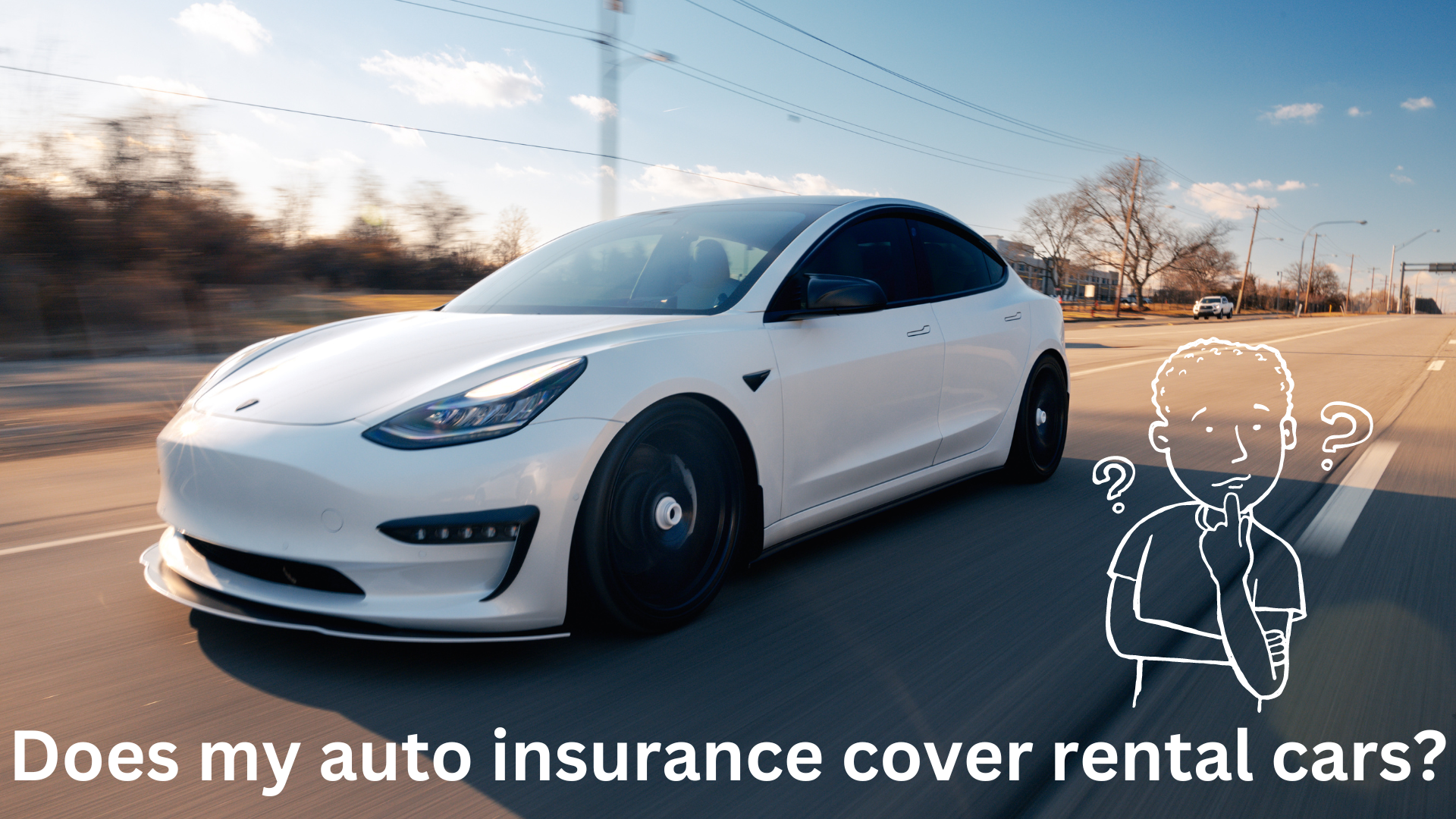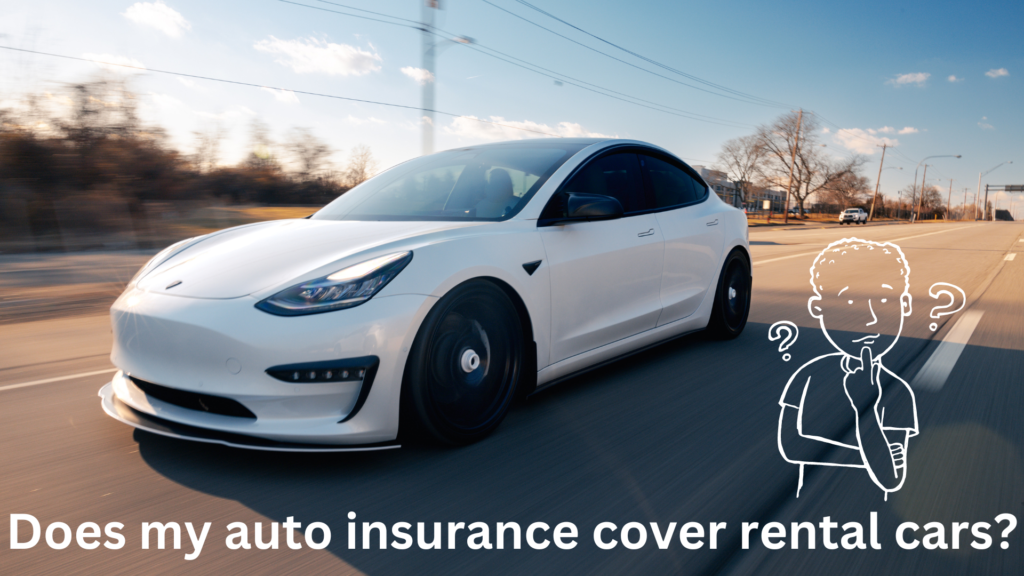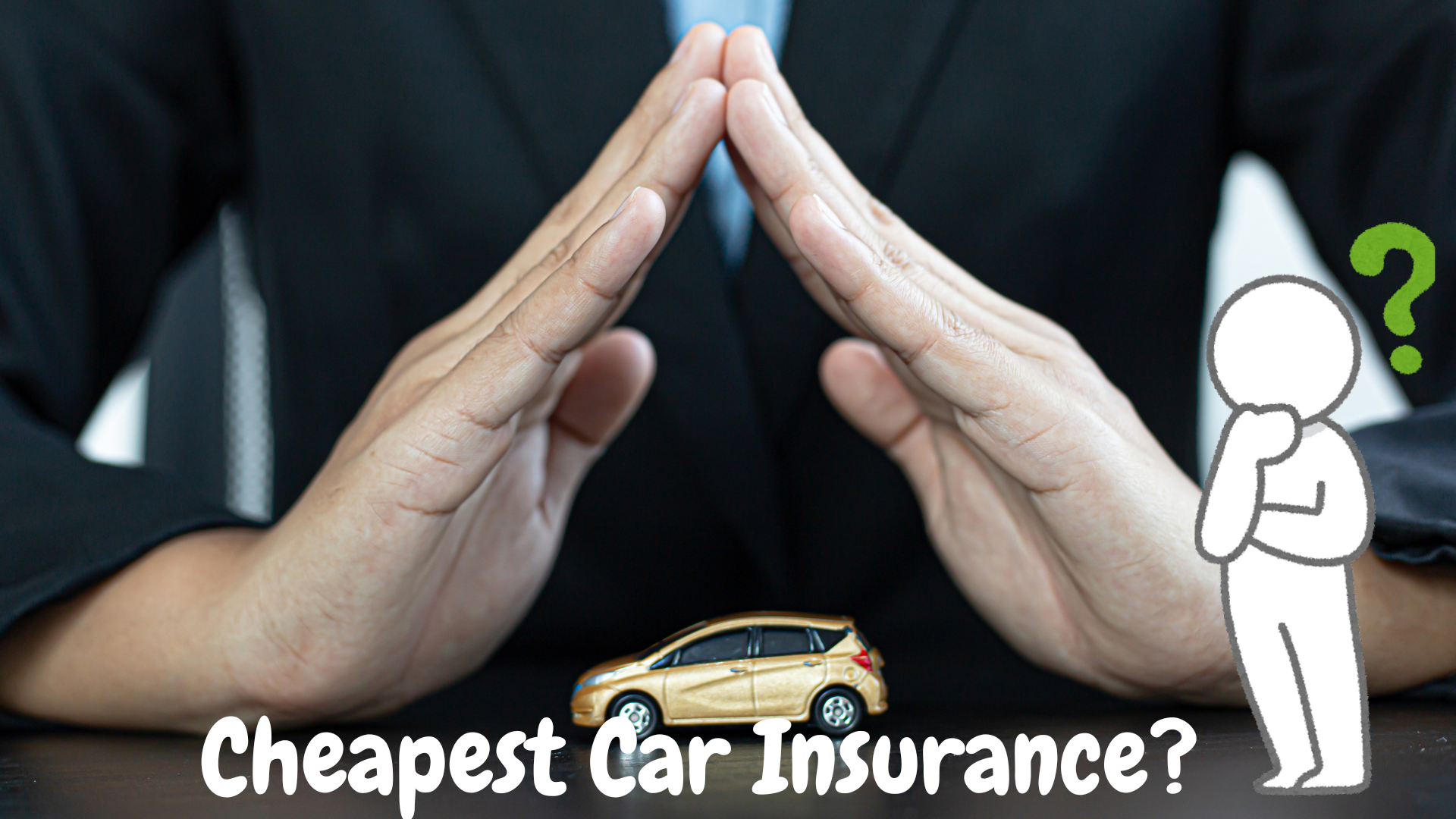How much auto insurance do i need?

Determining how much auto insurance you need involves balancing your budget with the level of protection you desire. Let’s explore the differences between low-priced and high-priced auto insurance to help you make an informed decision.
Low-Priced Auto Insurance:
1. Basic Coverage:
- Low-priced auto insurance typically provides basic coverage that meets the minimum legal requirements set by your state.
- Basic coverage often includes liability insurance, which covers damages and injuries you cause to others in an accident.
- While this option keeps premiums low, it may leave you exposed to higher out-of-pocket costs if you’re in a significant accident.
2. Limited Coverage Options:
- Low-priced insurance policies may offer limited coverage options beyond basic liability.
- You may have fewer options for additional coverage such as collision, comprehensive, or uninsured/underinsured motorist coverage.
- Limited coverage options mean you may need to pay out of pocket for certain types of damage or loss not covered by your policy.
3. Minimal Customer Service:
- With low-priced auto insurance, you may receive minimal customer service or support.
- Customer service representatives may be less accessible, and claims processing may take longer.
- Limited customer service can be frustrating when you need assistance or have questions about your policy.
High-Priced Auto Insurance:
1. Comprehensive Coverage:
- High-priced auto insurance often includes comprehensive coverage options beyond basic liability.
- You may have higher liability limits, providing more extensive protection against financial loss in case of a lawsuit.
- Comprehensive coverage may include additional options such as collision, comprehensive, and uninsured/underinsured motorist coverage, offering more comprehensive protection against various risks.
2. Enhanced Customer Service:
- High-priced insurance policies typically offer enhanced customer service and support.
- Customer service representatives are often more accessible and responsive, providing assistance when you need it.
- Claims processing may be faster and more efficient, minimizing disruptions after an accident.
3. Added Benefits and Features:
- High-priced auto insurance policies may include added benefits and features not available with lower-priced options.
- These benefits could include roadside assistance, rental car reimbursement, or accident forgiveness programs.
- Added benefits enhance the value of the policy and provide additional peace of mind for policyholders.
Choosing the Right Coverage:
- When deciding how much auto insurance you need, consider your budget, assets, driving habits, and risk tolerance.
- Low-priced insurance may be suitable if you’re on a tight budget and willing to accept higher out-of-pocket costs in the event of an accident.
- High-priced insurance offers more comprehensive coverage and enhanced customer service, making it ideal for those seeking maximum protection and peace of mind.
Conclusion:
- The amount of auto insurance you need depends on your individual circumstances and preferences.
- Low-priced insurance provides basic coverage at an affordable price but may offer limited protection and customer service.
- High-priced insurance offers comprehensive coverage, enhanced customer service, and added benefits, but comes with a higher price tag.
- Evaluate your needs and budget carefully to choose the right balance between coverage and affordability for you.








